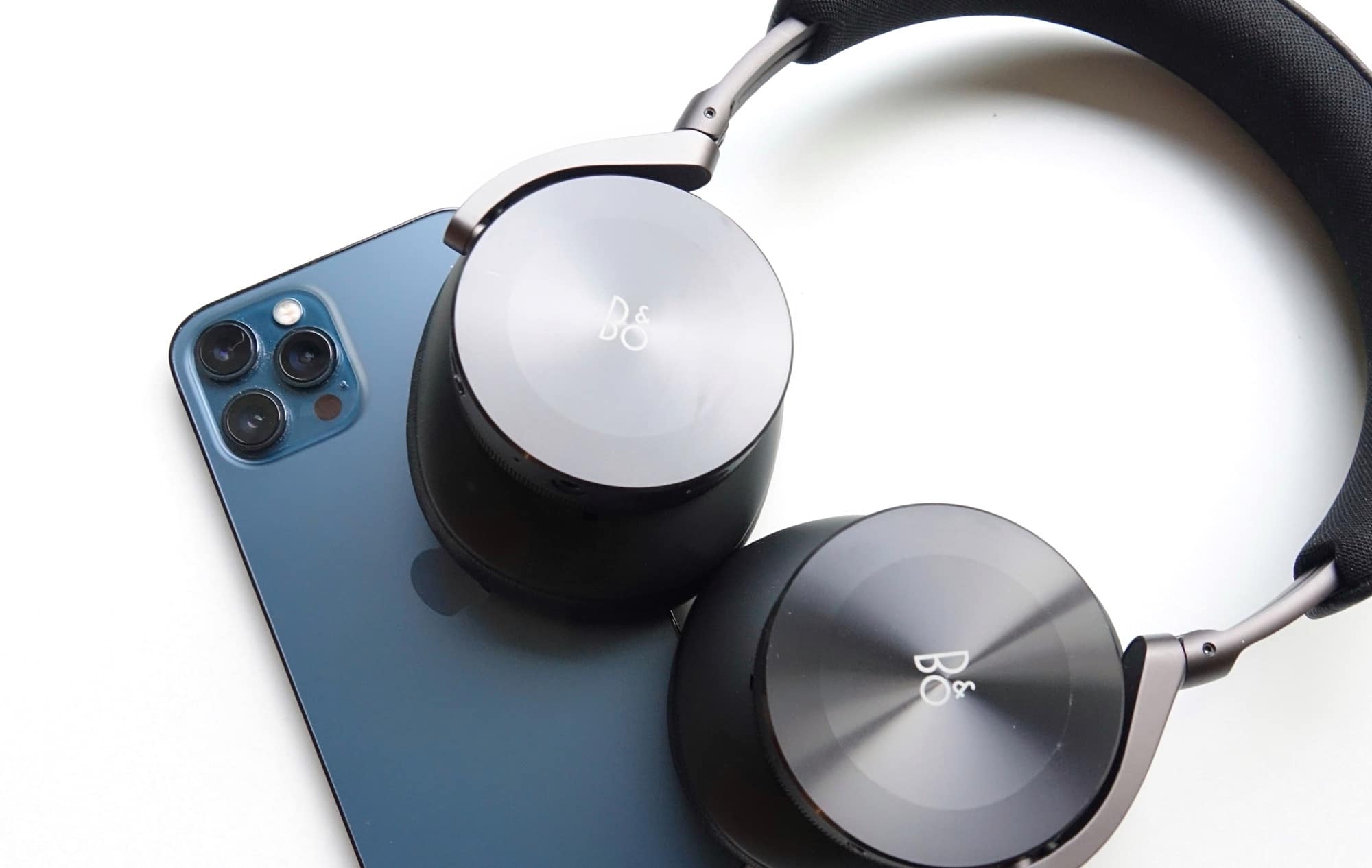This week on The Wrap, find out how inexpensive 5G is falling to phones in Australia, and how noise cancellation is spreading to more devices. Plus an AR approach to toys and learning to play music, and more. All in five.
Subscribe to The Wrap at Apple Podcasts…Transcript
It’s the first week of February 2021, and you’re listening to The Wrap, Australia’s fastest technology round up, and already quite a bit is happening in the world of technology, so let’s get stuck in, starting with Lego.
Yes, everyone’s favourite building block play thing looks to be getting a bit of a digital boost this year as Lego joins forces with Universal Music to let kids make their own music videos. It’s coming in an app next month called Vidiyo that will play with special Lego toys, and means your kids can engage their inner filmmaker for something fun and interactive.
Everything is becoming more interactive these days, right down to wearables to your home to how you learn to play music. For the former, Huawei has a new wearable in the form of the Watch GT 2 Pro, and while it’s a $500 watch with hard to scratch sapphire glass, it’s also one built to track your health but can’t be used for mobile payments locally. Not yet, anyway.
Your home could be more interactive, too, with the addition of gadgets for the smart home, something Laser is getting more into lately, supporting smart door locks and smart water meters for the home, among other things. They’ll talk to the assistants from Google and Amazon, and might be ways to control the home just by talking to a speaker.
And finally, that interactivity is coming to how you learn music, as Gibson guitars makes audio-based augmented reality a thing, letting you play the note of songs almost like a real life guitar hero, and getting feedback from that.
Your phone is something you probably rely on quite heavily, too, but if you’ve been saving your upgrade for something 5G, 2021 might be the year for you.
While 5G is still quite new and has been a touch on the expensive side, there’s moves to bring that price down. Last year, it was in the $800 Pixel 4a with 5G. We just checked out the $600 Oppo Reno4 5G, which itself was a pretty solid phone, boasting fast speeds, a 6.4 inch screen, 128 gigs of storage, close to two days of battery life, and a versatile three camera system that handles close up photos quite well. Our review is online, and it’s a nice phone for people who want something, well, nice. At $599, it makes a play for a great 5G phone for not too much money, and that’s a good thing.
But there’s now a new trendsetter for price in 5G, as Realme is offering a $500 5G phone, the Realme 7 5G. It’s another 128 gig phone with a similarly big screen, several cameras, plus that 5G technology people are getting into. More than anything, it’s a sign that the world of 5G is beginning to trickle down beyond the high-end to more hands.
While we don’t think it’ll drop far below $499 this year, it’s a sign that it’s happening, and you might see budget 5G phones as early as next year, as 5G starts to become the norm.
5G isn’t the only thing that’s becoming a norm this year. With phones beginning to lose out on free earphones, it might be time to look at a better pair, and this year, it seems as though “better” is in the vocabulary of more earphone makers. The technology for good sound is becoming more commonly available, manufacturers are making more devices without the cords, and it might also be on the way with the ability to cancel and quell noise, too.
That’s something we heard was going to happen, and we’re seeing more of it already. TCL has a pair on the way, plus there’s Samsung’s Buds Pro, and Skullcandy is joining with noise cancelling in-ears this year in the Indy ANC. That’s just a handful of what we’re expecting, though we’ve been taking a look at a big pair of noise cancelling headphones this week, too. They might even be the most expensive noise cancelling headphones we’ve seen yet.
They’re from Bang & Olufsen, and they’re called the Beoplay H95, a sizeable pair of headphones that arrives in time for the Danish brand’s 95th anniversary. That’s what the “95” means in this pair, and it’s a pair that looks like a proper pair of headphones, or even a tone arm on a record player.
Basically, the H95 headphones look like headphones, and so while they’re a special edition, they don’t stand out from a design point of view. Rather, they’re a pair you’d actually want to wear out and about.
Throw them on and you’ll find noise cancelling and a warm sound, delivering fairly solid balance and great audio, something Bang & Olufsen is known for, though also something you’d hope for given the price.
At a hair under $1400, B&O’s special edition headphones are more exy than even the $900 Apple AirPods Max, headphones people complained about the price on. Those were good, and these are too, but the cancellation doesn’t quite match the $500 Sony WH-1000XM4, the benchmark which can often be found for under $400 at that. For this price, you could buy three and still have change left over.
But the B&O H95 aren’t something you can really apply a “value” argument to. They’re special because they’re a special edition, and made for people who love that, and yet also want something functional that delivers.
For now, you’ve been listening to The Wrap, Australia’s fastest technology roundup. A new episode can be found every week at PodcastOne, Spotify, and Apple Podcasts, but for now, have a great week. Stay safe, stay sane, and take care.





